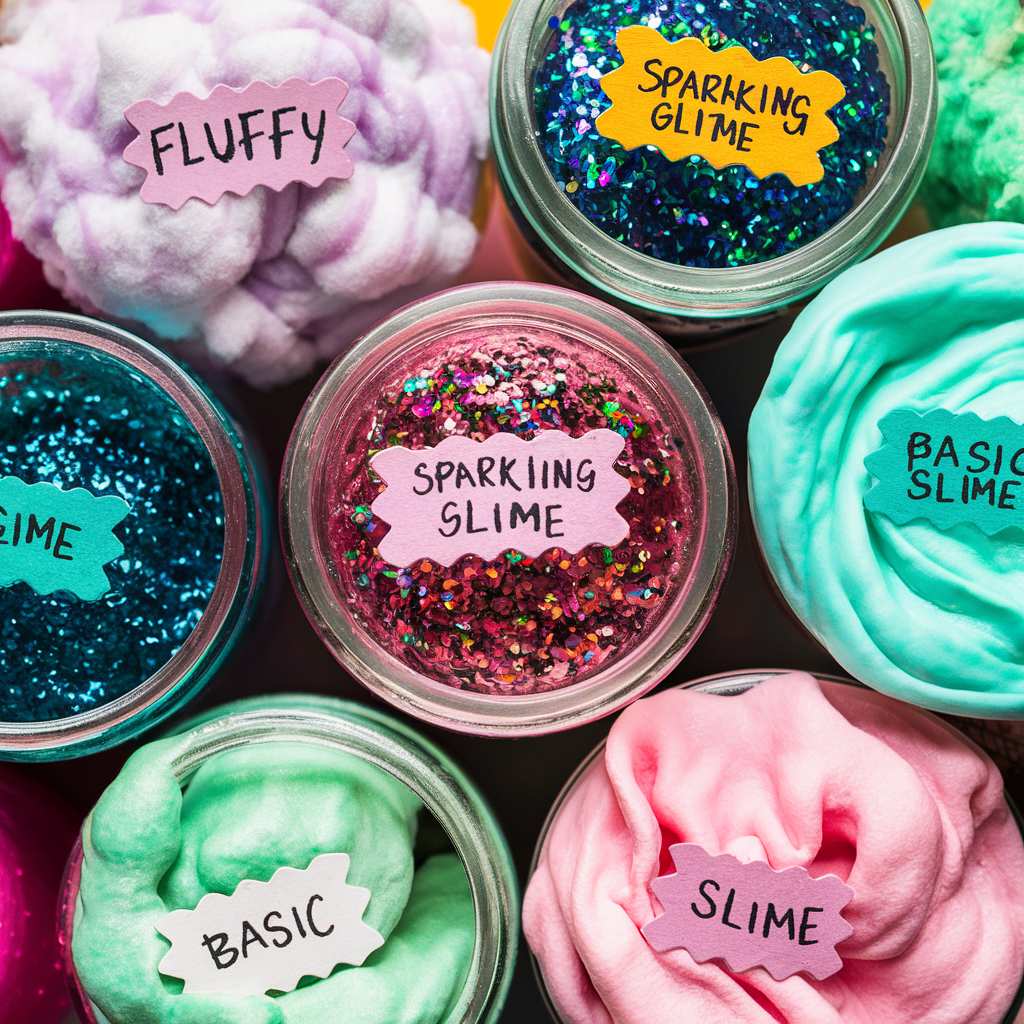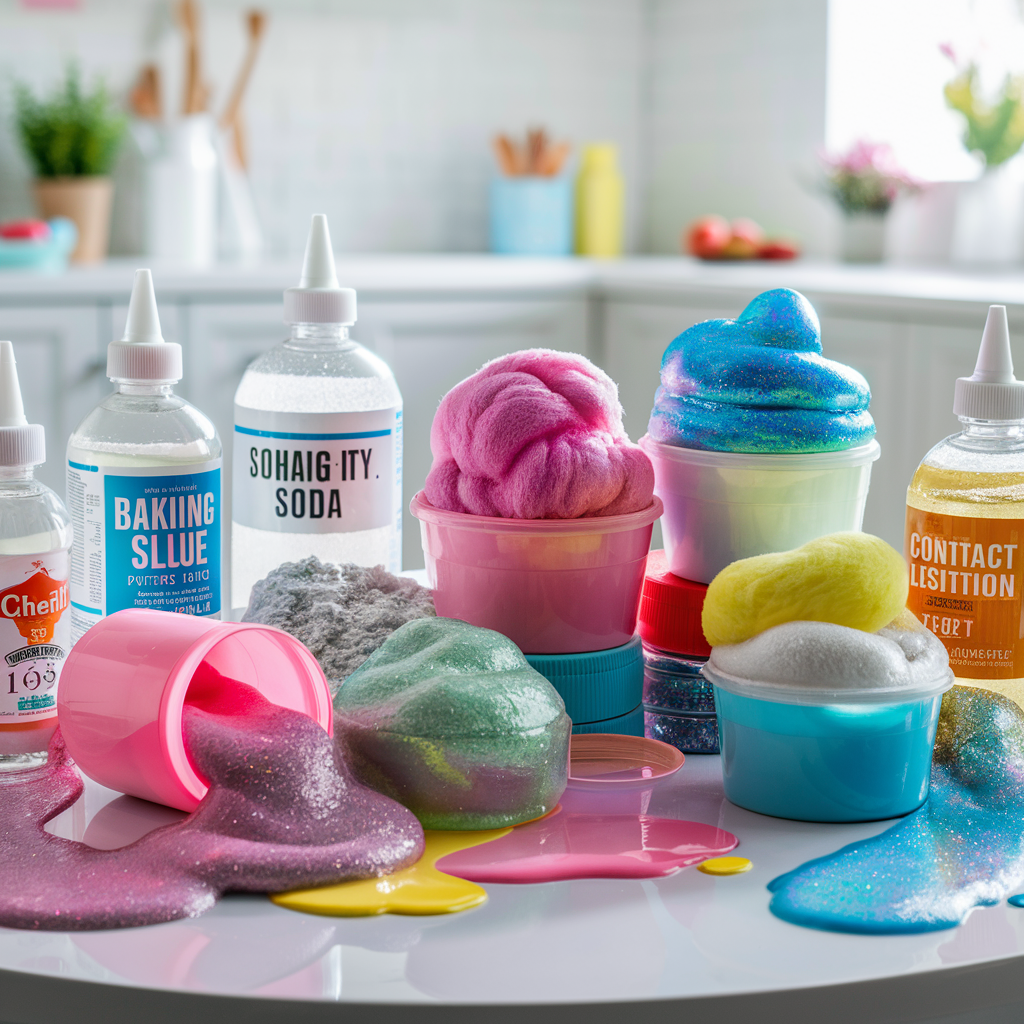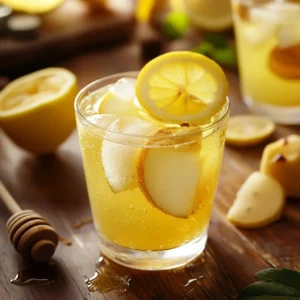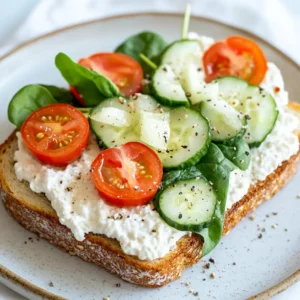Slime-making has become one of the most popular activities for kids and adults alike. Whether it’s for fun, sensory play, or even stress relief, creating your own slime at home is an easy and affordable way to unleash creativity. With just a few simple ingredients, you can make colorful, stretchy, and textured slime in minutes.
In this guide, we’ll walk you through different DIY slime recipes that range from basic slime to fluffy slime, glitter slime, and even butter slime. Each recipe is simple, safe, and fun for both kids and adults.
Why Make DIY Slime?
Making slime at home is not only entertaining, but it also provides a hands-on educational experience. Kids can learn about chemical reactions as they see how glue transforms from a liquid into a stretchy solid with the help of activators. It also encourages creativity as you can customize your slime with different colors, textures, and even scents.
Additionally, DIY slime allows you to control the ingredients, avoiding harmful chemicals that can be found in some store-bought products. Making slime can also be therapeutic for adults, offering a relaxing and satisfying activity for stress relief.
Ingredients You’ll Need for Basic Slime
Before diving into different slime recipes, let’s look at the common ingredients used to make slime. These basic materials are easy to find and affordable:
- Glue: White school glue or clear glue (Elmer’s glue works best).
- Baking Soda: Acts as a thickener, helping the slime hold its shape.
- Contact Lens Solution: Make sure the solution contains boric acid or sodium borate, as these ingredients work as the slime activator.
- Optional Add-ins: Food coloring, glitter, foam beads, or essential oils for customization.
- Shaving Cream: For fluffy slime.
- Clay: For butter slime, air-dry clay is ideal.
These are the staples for most slime recipes. Once you have these materials, you can experiment with variations to create different textures and types of slime.
How to Make Basic Slime
The basic slime recipe is incredibly easy to make and serves as a foundation for more advanced slime variations. Here’s how to do it:
Step-by-Step Instructions:
- Combine Glue and Baking Soda: In a medium bowl, mix 4 oz. of glue with ½ tablespoon of baking soda. Stir until fully combined.
- Add Color: If you want colored slime, add a few drops of food coloring and mix well.
- Activate the Slime: Slowly add 1 tablespoon of contact lens solution, and stir. The slime will begin to form as the glue reacts with the activator.
- Knead the Slime: Use your hands to knead the slime until it becomes smooth and stretchy. If it’s too sticky, add a few more drops of contact lens solution and continue kneading until you reach the desired texture.
This basic recipe creates stretchy, moldable slime that can be customized with color, glitter, or foam beads. Store the slime in an airtight container to keep it fresh for up to 2 weeks.
Popular DIY Slime Variations
Once you’ve mastered the basic slime recipe, you can try your hand at other fun variations. Here are some of the most popular types of slime that kids and adults love:
1. Fluffy Slime Recipe
Fluffy slime is light, airy, and has a cloud-like texture thanks to shaving cream. This is one of the most popular slime variations for kids.
Ingredients:
- White glue (4 oz.)
- Shaving cream (2-3 cups)
- Baking soda (½ tablespoon)
- Contact lens solution (1 tablespoon)
- Food coloring (optional)
Instructions:
- Mix the glue and baking soda in a bowl.
- Add shaving cream and stir until the mixture is fluffy.
- Slowly add contact lens solution while stirring until the slime starts to form.
- Knead the slime until it becomes smooth and fluffy. If it feels sticky, add more contact lens solution.
Fluffy slime is incredibly stretchy and fun to play with, making it perfect for sensory play.
2. Glitter Slime Recipe
Glitter slime adds a bit of sparkle to your DIY slime experience. Kids love the shiny, colorful effect, and it’s perfect for themed events or parties.
Ingredients:
- Clear glue (4 oz.)
- Baking soda (½ tablespoon)
- Contact lens solution (1 tablespoon)
- Glitter (choose your favorite color or mix several)
- Food coloring (optional)
Instructions:
- Combine clear glue and baking soda in a bowl.
- Add glitter and stir until evenly distributed. You can also add food coloring if you want the glitter to stand out more.
- Slowly add contact lens solution while stirring.
- Knead the slime until it becomes stretchy and sparkly.
This is a fun slime variation that looks great in different lighting, especially under direct sunlight or LED lights.
3. Butter Slime Recipe
Butter slime is smooth, soft, and spreadable—similar to the texture of butter, hence the name. It’s less sticky and easier to shape, making it a favorite for tactile play.
Ingredients:
- White glue (4 oz.)
- Baking soda (½ tablespoon)
- Contact lens solution (1 tablespoon)
- Air-dry clay (non-toxic)
Instructions:
- Mix the glue and baking soda in a bowl.
- Gradually add contact lens solution while stirring.
- Once the slime forms, knead it with your hands.
- Take a small piece of air-dry clay and knead it into the slime until you achieve a soft, buttery texture.
This type of slime is perfect for kids who like soft, smooth textures and is less sticky than traditional slime.
Borax-Free Slime Recipe
If you’re concerned about using borax, you can opt for this borax-free slime recipe. It’s just as fun and effective but uses safer alternatives like contact lens solution to activate the slime.
Ingredients:
- Clear or white glue (4 oz.)
- Baking soda (½ tablespoon)
- Contact lens solution (1 tablespoon)
- Food coloring or glitter (optional)
Instructions:
- In a bowl, mix the glue and baking soda.
- Add food coloring or glitter for personalization.
- Slowly add the contact lens solution, stirring until the slime forms.
- Knead the slime until it reaches the desired consistency.
This borax-free slime recipe is perfect for parents who want a safer option for young kids.
Troubleshooting Common Slime Issues
If your slime doesn’t turn out as expected, don’t worry! Here are some common problems and how to fix them:
- Sticky Slime: If your slime is too sticky, add more contact lens solution a few drops at a time while kneading. This will help firm up the slime.
- Hard or Rubbery Slime: If the slime is too stiff or rubbery, it has been over-activated. Try adding a bit more glue to soften it.
- Watery Slime: If your slime is too watery, add more baking soda to thicken it.
Fun Customizations for Your Slime
Slime-making doesn’t stop at the basic recipe! There are so many ways you can customize your slime to make it even more fun and engaging. Here are some ideas to get creative:
- Foam Beads: Add foam beads to your slime to create a crunchy texture that’s fun to squish.
- Scented Slime: Add a few drops of essential oils or food flavoring to make your slime smell good.
- Glow-in-the-Dark Slime: Use glow-in-the-dark paint or glue to create slime that glows in the dark, perfect for night-time fun.
- Themed Slime: Create themed slime by adding small toys, seasonal colors, or holiday-specific decorations.
Frequently Asked Questions (FAQs)
1. What should I do if my slime is too sticky?
If your slime is too sticky, add a few drops of contact lens solution while kneading the slime until it reaches the right consistency.
2. How long does homemade slime last?
Homemade slime can last up to 1-2 weeks if stored properly in an airtight container. If the slime begins to dry out, add a few drops of water or contact lens solution to refresh it.
3. Can I make slime without glue?
Yes, no-glue slime recipes use ingredients like cornstarch or flour to create a dough-like texture. These are perfect for those who prefer a more natural option or want a different type of play material.
4. Is homemade slime safe for kids?
Homemade slime is generally safe as long as non-toxic ingredients like school glue and contact lens solution are used. Always supervise young children during the process and ensure that slime is not ingested.
Conclusion
Making DIY slime at home is a fun, affordable, and creative way to spend time with kids or unwind as an adult. From fluffy slime to glitter slime and even butter slime, there’s a slime recipe for every mood and occasion. Experiment with different textures, colors, and scents to keep things exciting. Not only is slime-making a fun hands-on activity, but it’s also a great way to explore science and creativity.
Want more fun DIY projects? Try these delicious earl grey cookies to pair with your slime-making session!
Happy slime-making!




